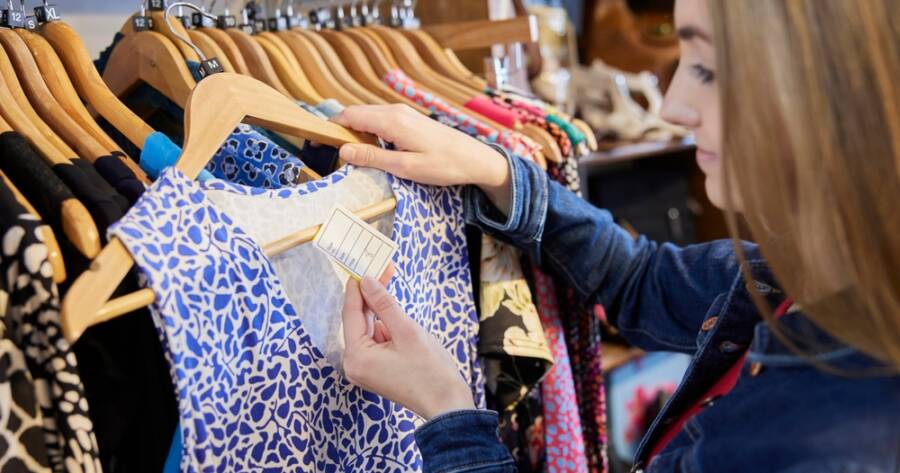Have you ever bought clothing “guilt-free” because it cost less than lunch? Fast fashion seems like a dream come true with its affordable prices and trendy styles. But there’s a catch — these bargains come at a hidden cost. The environmental and social impacts can be more significant than you might think. Let’s dive into how you can shop wisely and make every purchase count.
Fashion’s Quick Fix: What We Overlook
Fast fashion allows brands to rapidly release new styles at low prices. This appeals to our desire for instant gratification. However, the process often involves unsustainable practices. Factories may rely on cheap labor and unsafe working conditions. In some cases, the environment suffers from pollution and waste.
Demand for quick, low-cost fashion can lead to poor quality items. Clothes often wear out fast, encouraging continuous consumption. Consumers then face a cycle of buying more, potentially perpetuating harm. By understanding the effects, thoughtful choices in shopping become easier.
Understanding the Environmental Toll
The environmental impact of fast fashion can be staggering. Manufacturing often consumes large amounts of water and energy. During production, toxic chemicals may pollute nearby water sources. Textiles frequently end up in landfills, taking decades to decompose.
Buying thoughtfully can reduce this environmental damage. Consider options that use sustainable materials and practices. Some brands focus on eco-friendly processes. Opting for these could support a healthier planet and promote ethical manufacturing.
Real Costs: Behind the Price Tag
The low prices of fast fashion can hide a grim reality. Workers may face unfair wages and inadequate working environments. Factories in developing countries often have little oversight. This issue can perpetuate social inequality and labor exploitation.
Being aware of these practices encourages more informed purchases. Fair trade and ethical labels can be options for compassionate consumers. Transparent companies tend to outline their labor practices. Supporting them can lead to better conditions for workers around the globe.
Quality vs. Quantity: The Shopping Dilemma
Fast fashion tempts consumers into buying more, but what about quality? High turnover of styles can result in poorly-made clothing. These items often fall apart, requiring frequent replacements. On the flip side, quality pieces can offer longevity and value.
Investing in well-made garments can mean fewer purchases over time. They may cost more upfront but save money in the long run. Brands with timeless designs and durable fabrics usually provide greater satisfaction. The goal isn’t to buy less, but to buy better.
Crafting Your Ethical Wardrobe
Building a mindful wardrobe doesn’t have to be overwhelming. Start by evaluating what you need rather than want. This could help you avoid impulsive purchases. When choosing new clothes, consider their source and impact.
Second-hand shopping can be a sustainable alternative. It extends the life of clothing and reduces waste. Vintage styles can also add unique flair to your wardrobe. Repairing and maintaining garments is another way to ensure sustainability.
Embrace Conscious Consumerism
Fast fashion offers short-lived thrills but veils its numerous downsides. By considering the real costs, you make better decisions for yourself and the environment. Focus on quality and ethical sources when making purchases. A conscious consumer mindset can drive positive change. With every thoughtful choice, you contribute to a more sustainable and fair world.





